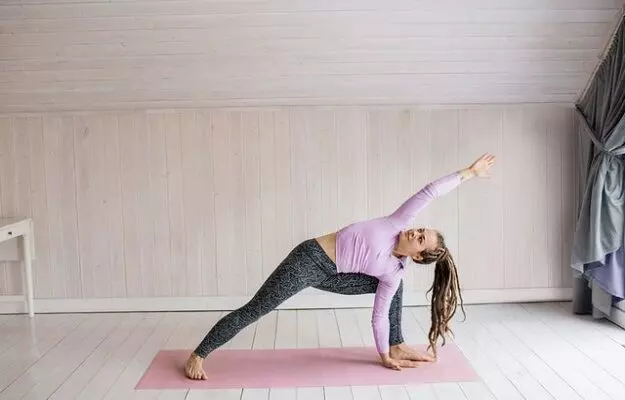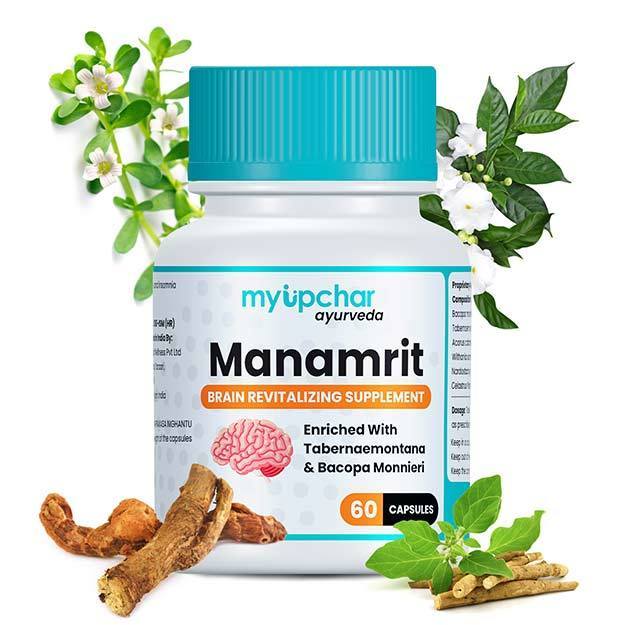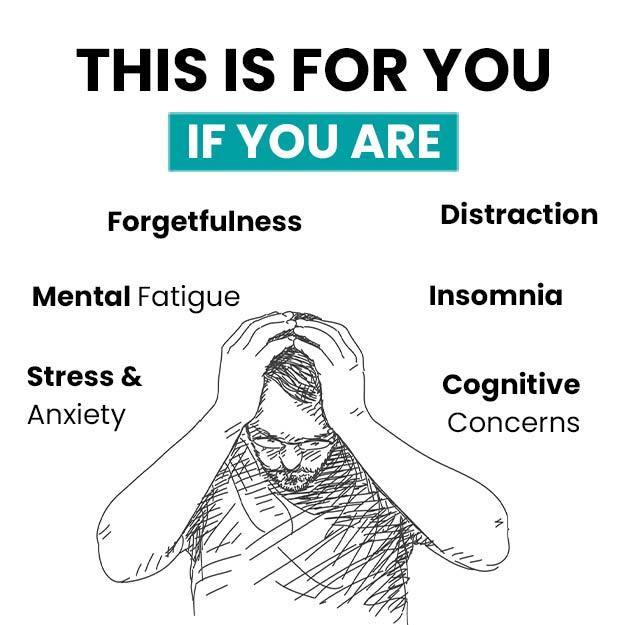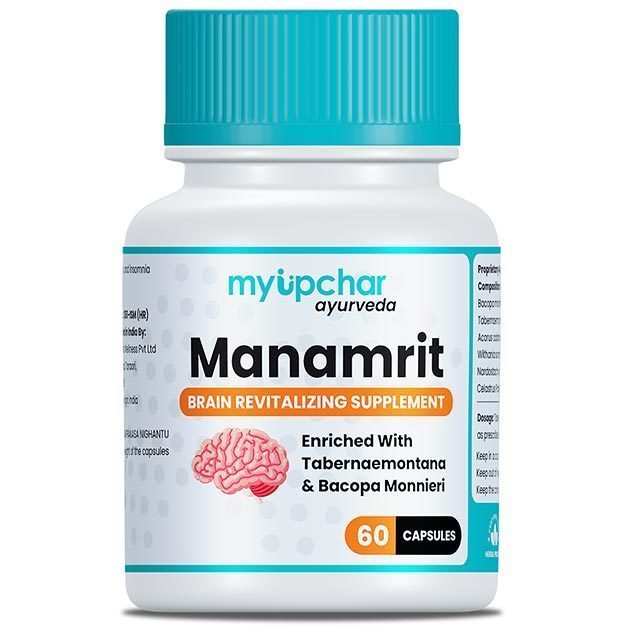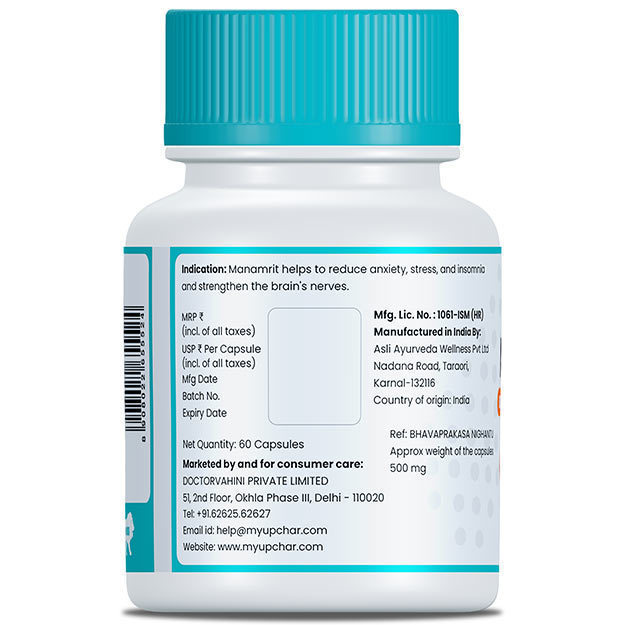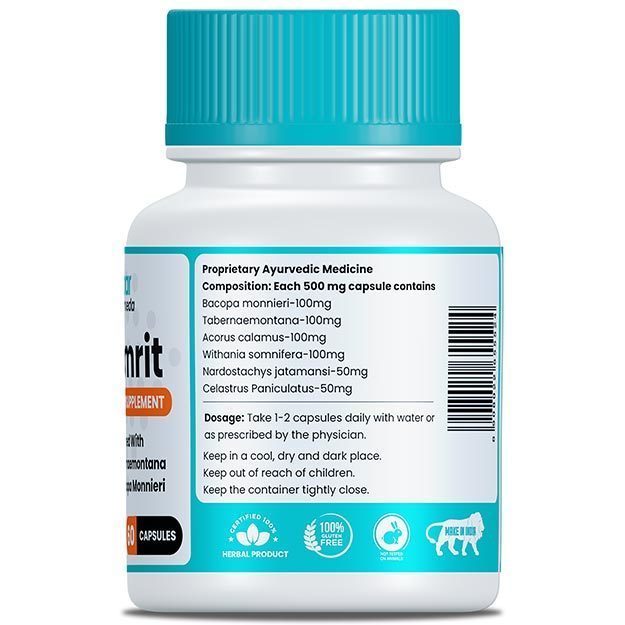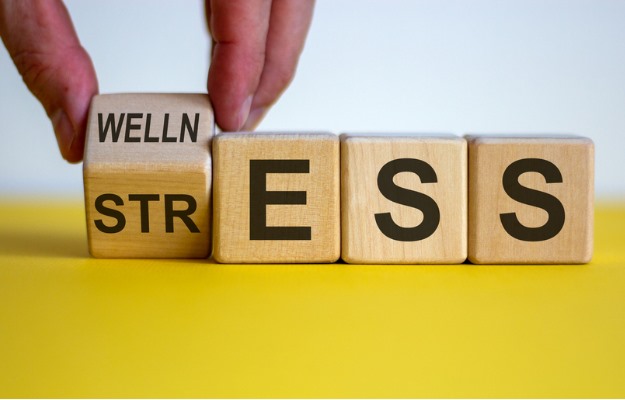Yoga has several effects on the body that helps manage stress. However, most importantly, it affects the autonomous nervous system - a type of nervous system that supplies our internal organs and regulates our breathing rate and blood pressure. This system has two branches: sympathetic and parasympathetic system.
The sympathetic nervous system is activated in times of stess. This system leads to increase in blood pressure and breathing rate and decreased blood flow to stomach, while the parasympathetic nervous system is activated when you are relaxed. It relaxes blood vessels and reduces blood pressure, improves blood flow to the digestive system and brain.
Both these systems should ideally work in balance. However, in case of stress, the sympathetic system remains activated and is not countered by the parasympathetic system. This leads to all the typical symptoms of stress and the production of certain inflammatory molecules that contribute to depression.
It has been scientifically proven that yoga improves the activity of the parasympathetic nervous system bringing the autonomic nervous system in balance and hence reduces stress. Those who regularly practise yoga feel an overall sense of well being and have comparatively lesser anxiety.
The sympathetic overdrive also stimulates the production of the fight and flight hormone in the body - cortisol. Also called the stress hormone, cortisol increases the glucose breakdown in the body which leads to high blood sugar levels. In the long run, high cortisol levels suppress immune function and increase sodium retention in kidneys. The latter leads to higher blood pressure.
Normally, high cortisol would send a signal to the body to stop overproduction of cortisol through a feedback system however, excessive stress may prevent this. Eventually, the person would no longer even recognise that they are in a stressed condition. Regular yoga practice also reduces the circulating levels of cortisol in your body, eventually leading to reduction in stress. So, you may not have to be visibly stressed to begin yoga.
A clinical study showed that regular yoga, when done along with using traditional medication is more effective against depression than anti-depressant pills alone.
More studies show that yoga can help reduce stress in college students and women and is a good way to reduce mental stress around menstruation - both pre and post.
Yoga may also help relieve stress and improve the quality of life of those with chronic diseases (long-standing diseases). However, in such cases, it is best to refer an expert to know what asanas are safe for you.
Regular yoga practice also increases lung capacity and health.

